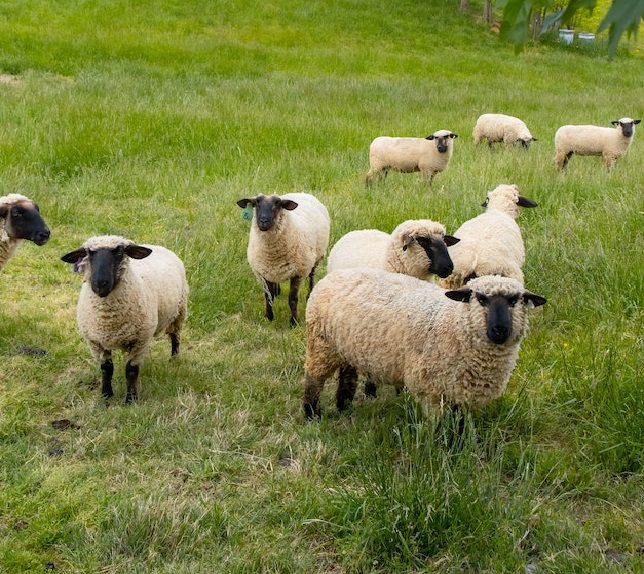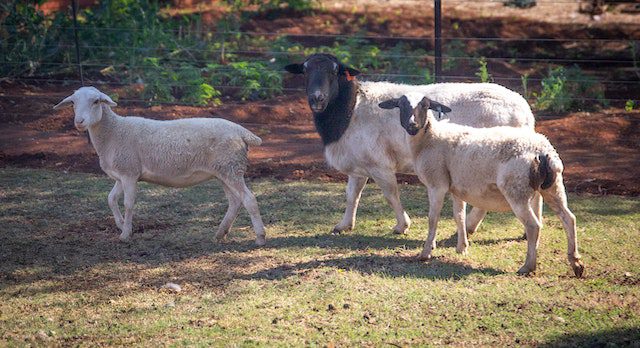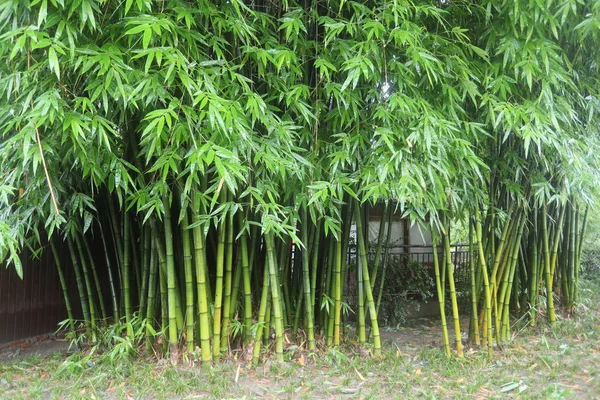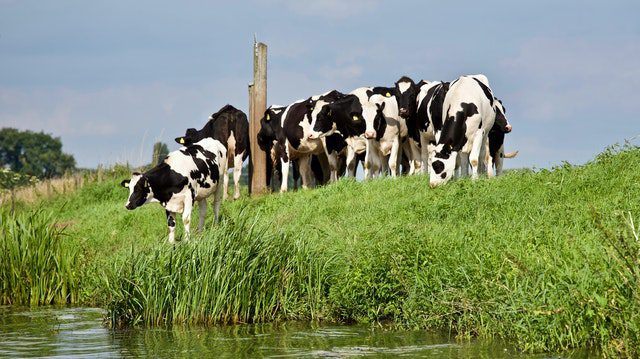In this post, we will give you a list of the best sheep breeds in Kenya. They include the indigenous sheep types in the region and other exotic ones from other countries.
Sheep farming in Kenya has a huge business potential. Sheep are reared for meat, milk and wool production. However, sheep farmers are faced by huge challenges such feed shortage, diseases and lack of relevant market and production information. To reduce your losses, there is a need to choose the best sheep breed for maximum yields.
For your easy selection, we give you the best breeds of sheep in kenya. They are;
READ NEXT: Which are the best goats breed in Kenya?
Small East Africa Sheep
The Small East Africa sheep (ng’onzi) is indigenous to Kenya’s humid and sub-humid climates. The breed is mainly raised for its delicious mutton (meat) and lard (fat). Its tail is s shaped and very fat sometimes weighing up to 5 kg.
They are mostly reared under smallholder low inputs systems. The sheep have a high tolerance to worms and sheep diseases in the region such as wire worms and foot rot.
Small East Africa sheep characteristics
- Birthweight; 1.8-2.5 kg
- Weaning weight; 10-20 kg
- Weight of mature ram; 25-38 kg
- Weight of mature ewe; 25-30 kg
- Lactation Period; 4-6 months
- Slaughter; 50%
- Age of ewe at first lambing; 18-24 months
- Coat color; White body and red head and neck, white body, red body, black body, mottled, pied.
- Coat hair/wool; short
Black Head Persian sheep
The Black head Persian is an improved Somali sheep bred in South Africa. It’s also known as Berbera Black head, Black headed Somali, Pecora Somala or Ogaden sheep. They are common in the harsh conditions of North Eastern Province Kenya and Sudan.
They are mostly kept under pastoral system since they are goo in walking long distances in search of pasture and water. The hardy sheep are kept for mutton production and their high quality skin.
Black Head Persian sheep characteristics
- Birthweight; 1.5-1.8 kg
- Weaning weight; 10-12 kg
- Weight of mature ram; 29.5 kg
- Weight of mature ewe; 25.8 kg
- Milk Yield per day; 300 ml
- Age of ewe at first lambing; 15-18 months
- Coat color; Red or black sometimes with white markings
- Coat hair/wool; mottled or greasy
Red Maasai sheep
The Red Maasai sheep is indigenous to Kenya’s semi arid regions of Kenya and Tanzania. The breed is raised for their meat, lard and milk. Besides, it’s a key livestock for various cultural rites.
It’s majorly reared by the Maasai people under nomadic pastoralism. You can find huge populations in Kajiado, Narok, Laikipia, Samburu and West Pokot counties.
The Red Maasai sheep is popular for the following adaptability features; Tolerance to water and feed stress, running off or fighting of predators, tolerance to blue tongue virus infection, heamonchus challenges as well as trypanosome disease.
Red Maasai sheep characteristics
- Birthweight; 2.5-2.7 kg
- Weight of mature ram; 58-80 kg
- Weight of mature ewe; 45-70 kg
- Slaughter; 35-40%
- Lambing interval: 300-400 days
- Lambing rate; 80-84%
- Weaning rate 97%
- Twinning rate 15%
- Age of ewe at first lambing; 14-23 months
- Coat color; Red or black sometimes
- Coat hair/wool; short and smooth.
Dorper Sheep

The Dorper sheep is a South African cross breed of the Black head Persian ewes with Dorset Horn rams. It is one of the most numerous sheep breeds in Kenya among small holder keepers, pastoralists and commercial ranching companies. You can raise them under extensive and semi intensive production systems.
Dorper sheep are very productive, hardy with good quality mutton. The sheep breed is a non-selective grazer that you can keep in a range of management systems. As a rancher, you can keep them alongside other livestock to convert unutilized resources.
Dorper sheep characteristics
- Birthweight; 3-4 kg
- Weight of mature ram; 65-80 kg
- Weight of mature ewe; 55-65 kg
- Slaughter; 50-54%
- Lambing interval: 8 months
- Lambing rate; 150-180
- Weaning rate (lamb survival) 90-96%
- Twinning rate 15%
- Age of ewe at first lambing; 14-23 months
- Milk yield; 600-800 ml, butter fat; 5.5%
- Coat color; White body and black head
- Coat hair/wool; short and smooth.
Corriedale sheep
The corriedale sheep is a cross between the merino and Lincoln sheep. It’s a dual purpose sheep and kept for both mutton and wool. Farmers love them for their docile behavior, good mothering ability and high fertility.
The Corriedale sheep breed does well in highlands and other regions with high rainfall. You can rear it under either the intensive or the semi-intensive production systems.
Corriedale sheep characteristics
- Birthweight; 3.5-4.5 kg
- Weaning weight; 20-25 kg
- Weight of mature ram; 79-125 kg
- Weight of mature ewe; 58-82 kg
- Slaughter; 50-54%
- Wool length; 75-122 mm, wool diameter; 75-125 microns, wool weight; 4.5-6.5 kg.
- Lambing interval: 8 months
- Lambing rate; 90-130 %
- Weaning rate (lamb survival) 90-96%
- Age of ewe at first lambing; 10-12 months
- Coat color; White
Hampshire Down Sheep
The Hampshire is a prime mutton sheep that originated from the United Kingdom. You can farm it for mutton or upgrading your indigenous sheep given its high growth rate. The Hampshire sheep have longer, muscled and leaner carcasses.
You can finds the breed in Kenya’s highland areas among small scale farms. In Narok, Laikipia, Trans Nzoia and Nakuru counties its reared in large commercial prime mutton farms.
Hampshire Down sheep characteristics
- Birthweight; 2.2-3.6 kg
- Weaning weight; 15-18 kg
- Weight of mature ram; 90-120 kg
- Weight of mature ewe; 60-90 kg
- Slaughter; 50-54%
- Wool length; 5-8cm, wool diameter; 25-33 microns, wool weight; 2-3 kg.
- Lambing interval: 8 months
- Lambing rate; 125-130 %
- Age of ewe at first lambing; 10-12 months
- Coat color; White body, black face and legs.
Romney Mash Sheep
The Romney sheep was developed in the low lying areas of Kent and Sussex. It is a dual purpose sheep raised for meat and wool. It was introduced by white settlers in the highland areas. You can opt to grow it under intensive or semi-intensive systems.
The Romney sheep is resistant to foot rot given its hard hooves. Besides, the breed is also resistant to liver fluke disease.
Romney Mash sheep characteristics
- Birthweight; 2.5-3.5 kg
- Weaning weight; 15-18 kg
- Weight of mature ram; 102-124 kg
- Weight of mature ewe; 68-90 kg
- Wool length; 8.5-13 cm, wool diameter; 31-33 microns, wool weight; 3.6-5.4kg.
- Lambing rate; 150 %
- Age of ewe at first lambing; 15-18 months
- Coat color; White, grey.
- Coat/hair; fine, lustrous and locks
Merino Sheep
The Merino sheep is a medium sheep breed kept for wool. You can keep them in the medium to high altitude regions either under intensive or semi-intensive production systems. You can also consider ranching or agro pastoral management in high rainfall grassland regions.
The merino sheep in Kenya is less susceptible to fly strike. On the other hand it is hardy, has excellent mothering ability and flocking instinct. Merino is an excellent grazer and can do well in almost all climatic conditions of Kenya.
Merino Sheep Characteristics
- Birthweight; 2.5-3.5 kg
- Weaning weight; 17-25 kg
- Weight of mature ram; 80-105kg
- Weight of mature ewe; 55-80 kg
- Slaughter; 36.8-38.5%
- Wool length; 8.9-9.1cm, wool diameter; 21-22 microns, wool weight; 3.9-4.5 kg.
- Lambing interval: 8 months
- Lambing rate; 125-130 %
- Age of ewe at first lambing; 15-18 months
- Fertility rate; 82-90.7%
- Coat color; white
The post gives you a summary of sheep breeds Kenya. The list has 8 of the most famous sheep types farmed such as the Merino and Dorper. The list gives you top features such as birthweight, weaning weight, wool length and lambing rate. To set up a a profitable sheep farm, read our next post
Read Next: Is sheep farming profitable in kenya?
Did you Like the Post? Let us know below
Agcenture.com is your best agriculture, food & health blog.
Thank you for following us on Facebook, Twitter (X), LinkedIn, YouTube, and WhatsApp @ Agcenture for the latest updates.




Thanks for the information, it will help me as am starting sheep farming.